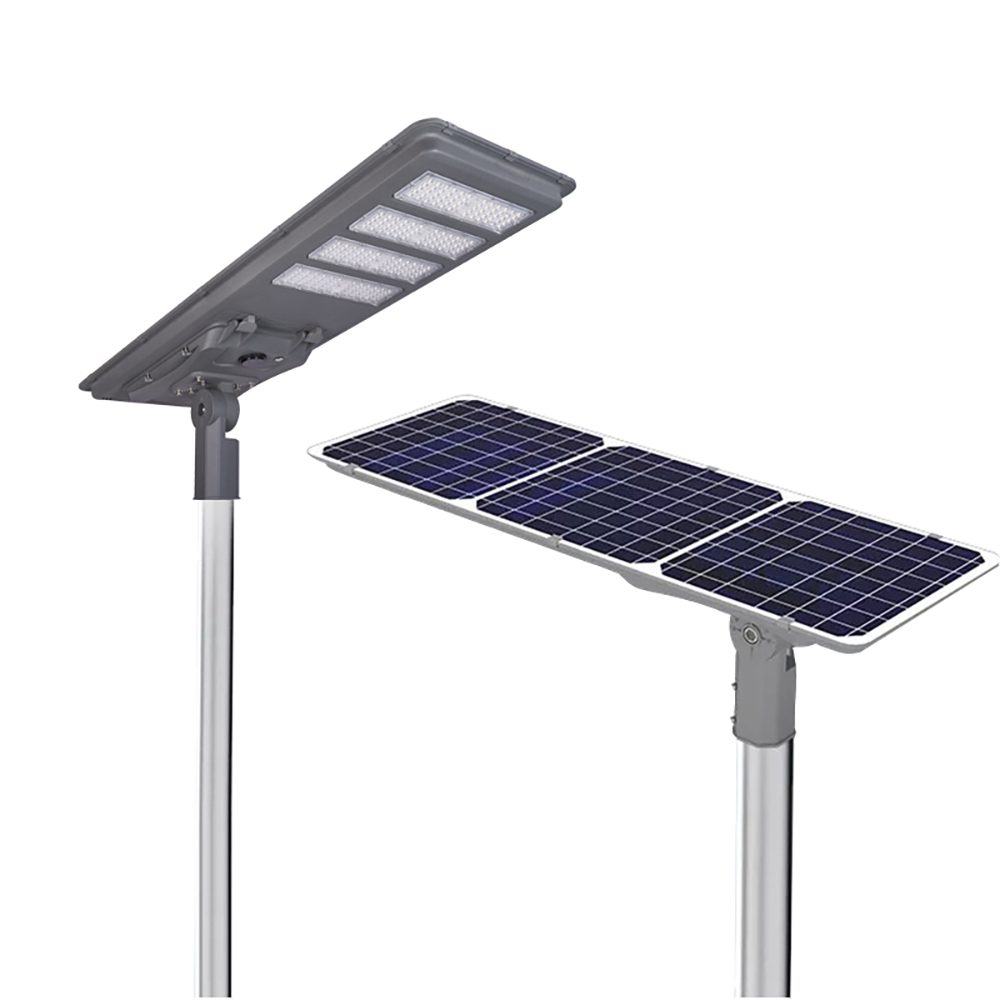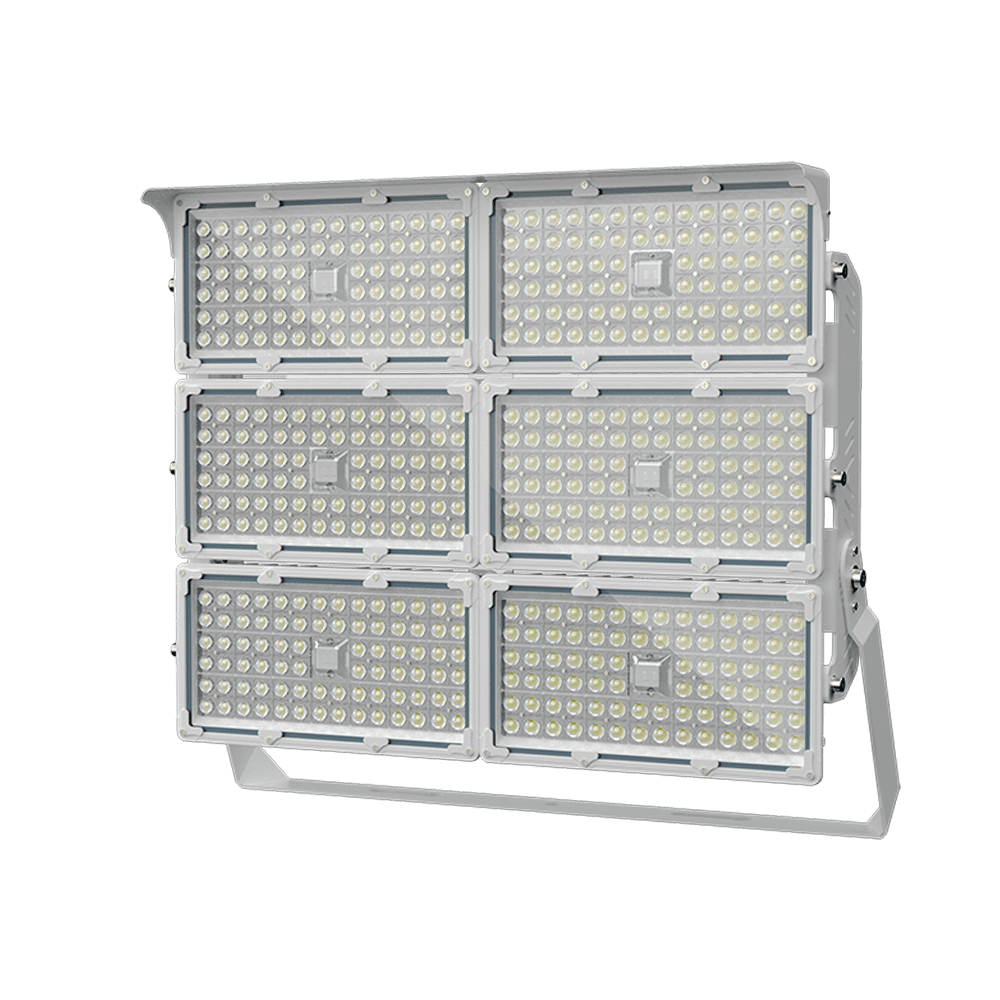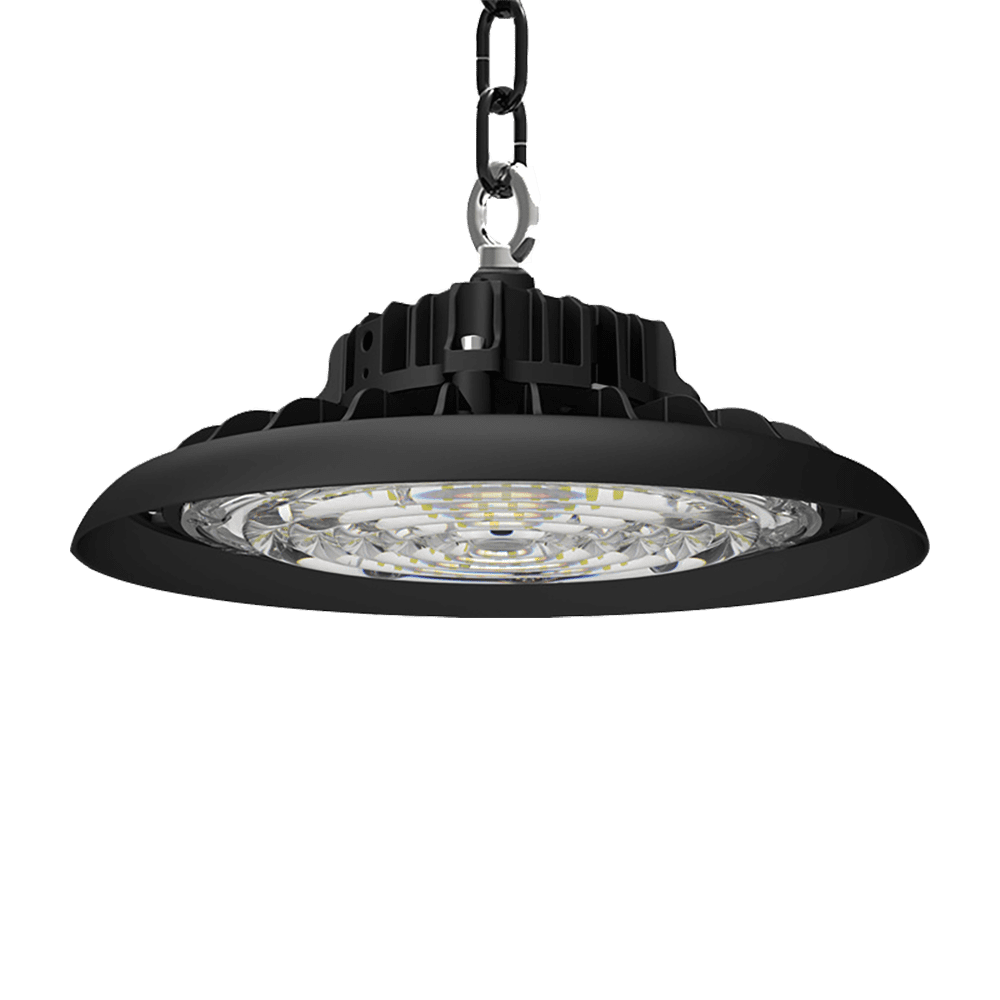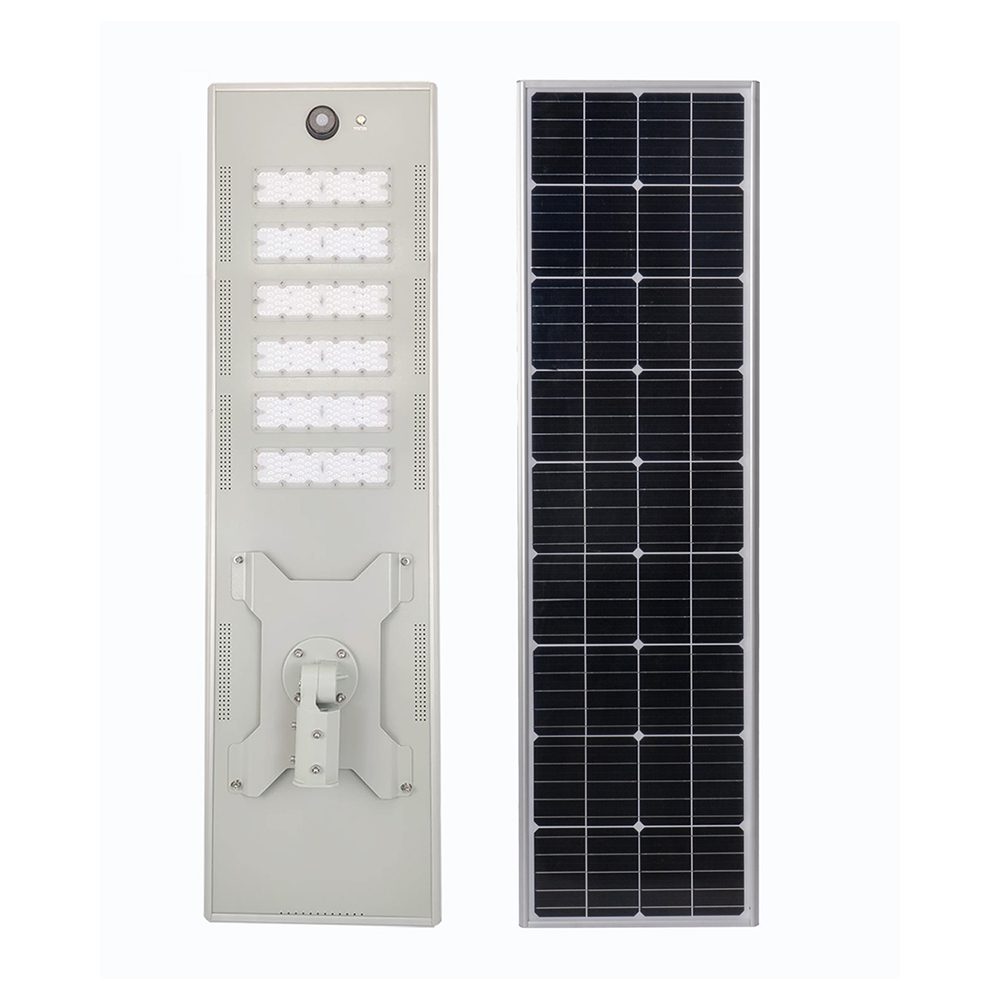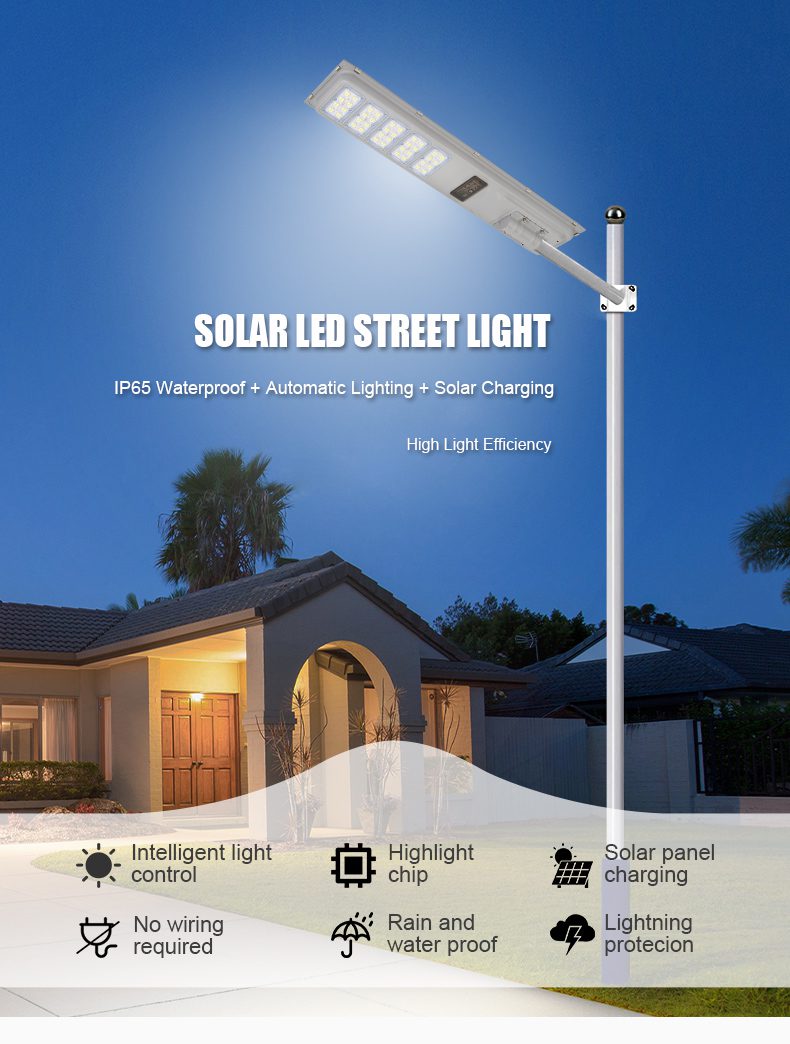In the realm of modern lighting solutions, solar street lights have emerged as a revolutionary alternative to traditional grid – powered ones. Driven by advancements in solar technology and the growing global focus on sustainability, these lights offer a multitude of benefits that make them an increasingly popular choice for various applications, ranging from urban roads and rural pathways to parks and industrial areas.
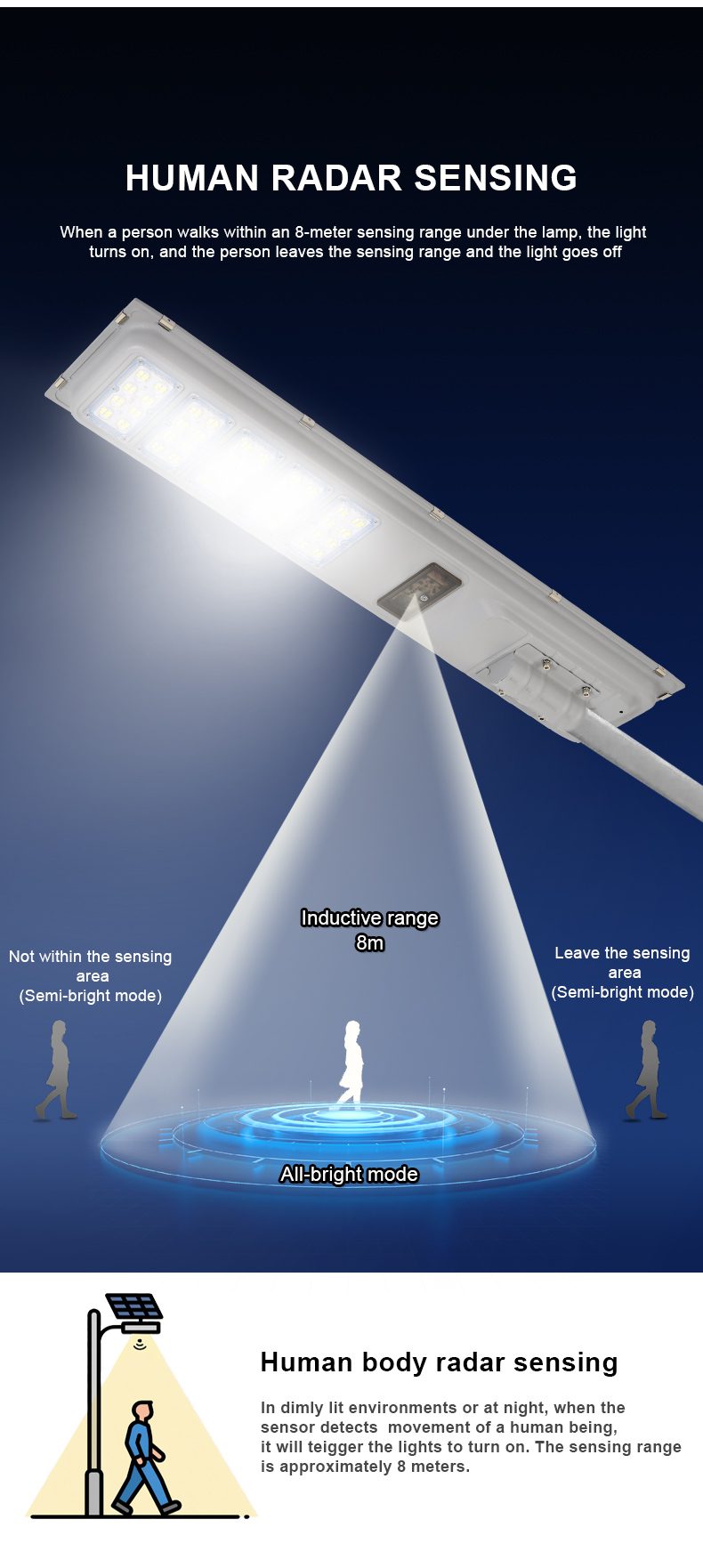
One of the most significant advantages of solar street lights is their independence from the electrical grid. Traditional street lights rely heavily on the power grid, which means they are vulnerable to power outages. When storms, accidents, or other unforeseen circumstances disrupt the grid, these lights go dark, leaving roads and public spaces in darkness and posing safety risks. In contrast, solar street lights harness the power of the sun through their solar panels. During the day, the panels convert sunlight into electricity, which is stored in batteries. This stored energy is then used to power the lights at night. Even if the entire electrical grid fails, solar street lights can continue to function, ensuring that essential areas remain illuminated. This grid independence also makes them ideal for remote locations where extending the electrical grid is either too costly or impractical, such as rural villages, mountain trails, and coastal areas.
Another key benefit is the significant reduction in energy costs. Traditional street lights consume a large amount of electricity from the grid, leading to high monthly utility bills for municipalities, businesses, and other organizations responsible for their operation. Solar street lights, on the other hand, utilize free and renewable solar energy. Once installed, the main source of energy is sunlight, which costs nothing. While there is an initial investment in purchasing and installing the solar panels, batteries, and light fixtures, the long – term savings are substantial. Over time, the money saved on electricity bills can far outweigh the initial costs, making solar street lights a cost – effective solution in the long run. For example, a city with a large network of street lights can save millions of dollars in energy expenses over the lifespan of solar street lights compared to traditional ones.
Solar street lights are also environmentally friendly. The burning of fossil fuels to generate electricity for traditional street lights releases large amounts of greenhouse gases, such as carbon dioxide, into the atmosphere, contributing to global warming and climate change. In addition, the extraction, processing, and transportation of fossil fuels cause various forms of pollution, including air and water pollution. Solar street lights, however, produce no emissions during operation. They rely on clean, renewable solar energy, which does not deplete natural resources or harm the environment. By using solar street lights, we can reduce our carbon footprint and make a positive contribution to mitigating climate change. This is particularly important in today’s world, where there is a growing emphasis on sustainable development and environmental protection.
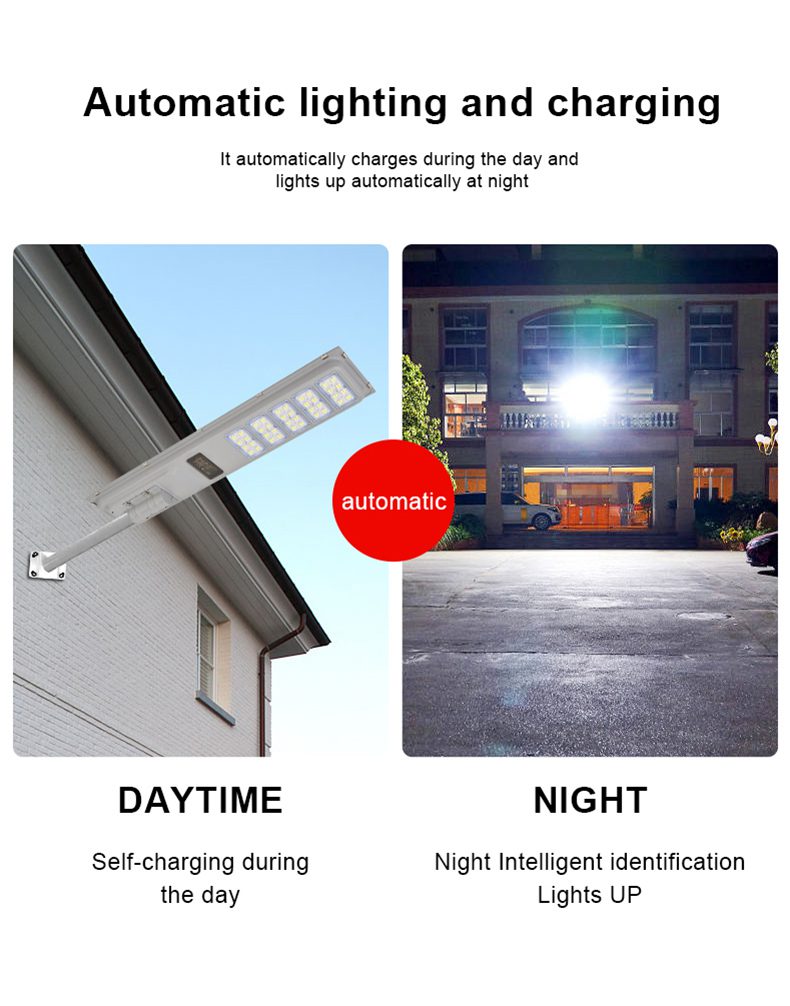
Installation and maintenance of solar street lights are relatively simple and cost – effective. Traditional street lights require extensive wiring to connect to the electrical grid, which involves digging trenches, laying cables, and connecting to power sources. This process is not only time – consuming but also expensive, especially in areas with difficult terrain. Solar street lights, on the other hand, are standalone units that do not require any wiring. They can be installed quickly and easily, with minimal disruption to the surrounding environment. The only components that need to be set up are the solar panel, the light fixture, and the battery, which can be mounted on a pole or other structure. In terms of maintenance, solar street lights have fewer moving parts compared to traditional ones, which means there is less chance of mechanical failure. The main maintenance tasks involve cleaning the solar panels to ensure they can absorb maximum sunlight and replacing the batteries when they reach the end of their lifespan. These tasks are relatively simple and can be performed at a lower cost than the maintenance required for traditional street lights, which often involves repairing or replacing faulty wiring and electrical components.
Solar street lights also offer enhanced safety and reliability. As mentioned earlier, they are not affected by power outages, ensuring that roads, sidewalks, and other public spaces remain illuminated even in emergency situations. This helps to prevent accidents and crimes, as well – lit areas are less attractive to criminals and provide better visibility for pedestrians and drivers. In addition, solar street lights are designed to be durable and weather – resistant. They can withstand harsh weather conditions such as heavy rain, strong winds, and extreme temperatures, ensuring that they continue to function properly year – round. Many solar street lights also come with features such as motion sensors, which allow them to adjust their brightness based on the presence of people or vehicles. This not only saves energy but also provides additional security by increasing brightness when someone is nearby.
Furthermore, solar street lights can promote energy independence and resilience. In many parts of the world, access to reliable electricity is limited, and power outages are a common occurrence. Solar street lights can provide a reliable source of lighting in these areas, reducing dependence on the electrical grid and improving the quality of life for residents. They can also play a crucial role in disaster relief efforts. After a natural disaster, such as an earthquake or a hurricane, the electrical grid is often severely damaged, leaving communities without power. Solar street lights can be quickly deployed to provide emergency lighting, helping to restore order and facilitate rescue and recovery operations.
Furthermore, solar street lights can promote energy independence and resilience. In many parts of the world, access to reliable electricity is limited, and power outages are a common occurrence. Solar street lights can provide a reliable source of lighting in these areas, reducing dependence on the electrical grid and improving the quality of life for residents. They can also play a crucial role in disaster relief efforts. After a natural disaster, such as an earthquake or a hurricane, the electrical grid is often severely damaged, leaving communities without power. Solar street lights can be quickly deployed to provide emergency lighting, helping to restore order and facilitate rescue and recovery operations.




